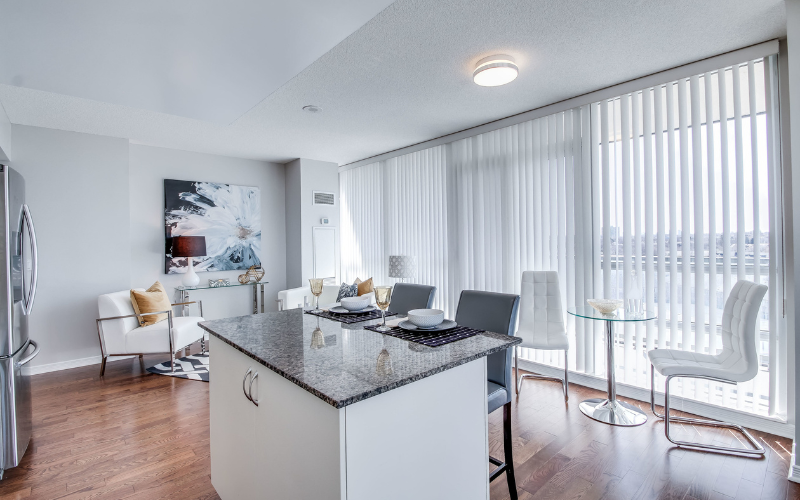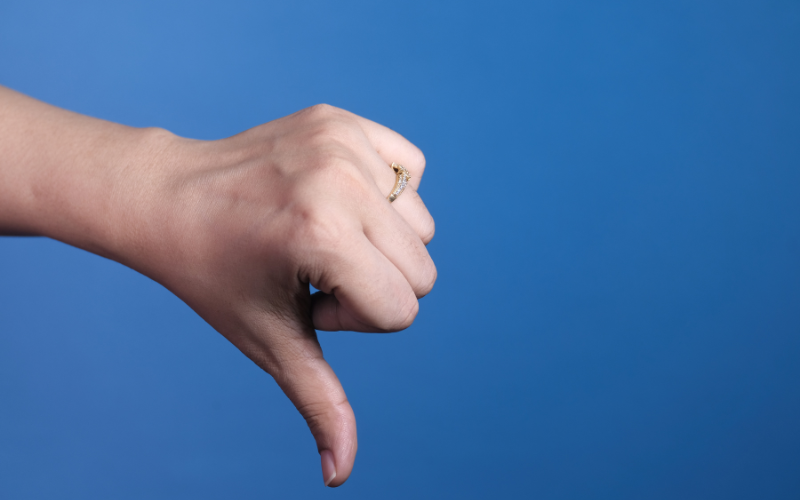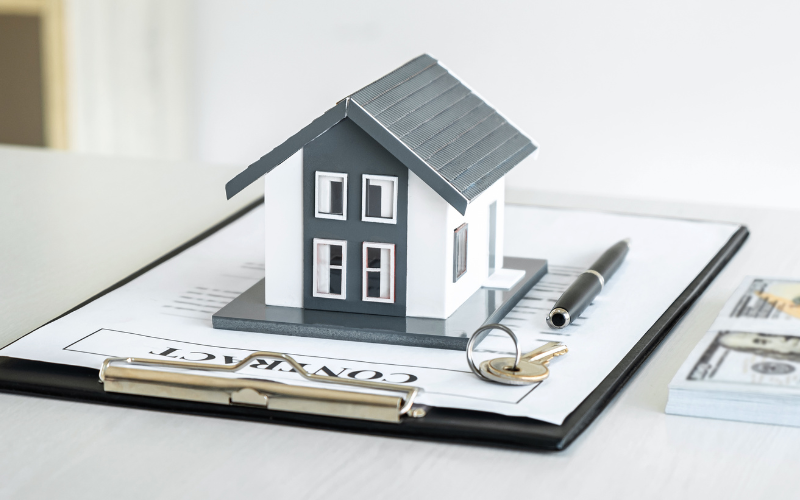Can you refinance a MSHDA loan is a top search query on Google… Given that so many people are wondering about the answer to this question, I want to take the time to answer it.
In this post, we’re going to answer the question, “Can you refinance a MSHDA loan?” Plus, we’ll answer the other common question, which is, “Do you have to pay back a MSHDA loan?”
We’ll also dive deep into some of the aspects of refinancing if you’re considering a refinance on your MSHDA loan.
Quick Explanation of MSHDA Loans
There’s a lot of confusion around MSHDA loans and the down payment assistance program.
My friend, Jeremy Drobeck, said it best: “The MSHDA loan and down payment assistance are like add-ons at the car dealership. You have your basic car model and then you select add-ons. MSHDA’s down payment is the same. You have your basic loan type — FHA, Conventional, Rural Development, VA — and then you add-on MSHDA’s down payment assistance to that loan.
This is a great explanation of the MSHDA loan and down payment assistance program.
Watch the interview with Jeremy, from Amerifirst, as we talk about several things: MSHDA Loan and down payment assistance.
Do You Have To Pay Back A MSHDA Loan?
A common question that comes up when homeowners are refinancing a MSHDA loan is “do you have to pay back a MSHDA loan?”
From experience, I find many homeowners ask this because they heard that MSHDA was free money, they heard the program being called a “first time home buyer grant”, or there was miscommunication from the lender or agent at the time the homeowner purchased the home.
The short answer is: yes, you have to pay back a MSHDA loan. Generally, there are three cases where you have to pay back the MSHDA loan.
- When you finish paying off the mortgage
- When your refinance the home
- When you sell the home
So, if you’re looking to refinance, the amount you will need to pay off to secure the new loan is composed of two parts: the mortgage and the down payment assistance amount.
During the life of your loan, you made payments towards the mortgage. No payments were made towards, and no interest accrued on, the down payment assistance amount borrowed. Currently, this is $7,500 or $10,000 depending on the zip code where you bought your home.
Here’s an example: let’s say you bought a home for $150,000, used the $10,000 DPA, and put 3.5 percent down. After five years, you decide it’s time to refinance.
Using some assumptions on the interest rate and mortgage payment, assume there is a balance of $143,750 left on the mortgage plus $10,000 in down payment assistance. Your total payoff amount would need to be $153,750.
As long as you can refinance for that amount, then it’s possible to refinance your MSHDA loan.
Caution: Review Your Mortgage Statement
In my interview with Jeremy, he mentioned that all homeowners looking to refinance a MSHDA loan need to carefully review their mortgage statement.
Your mortgage statement will either show the total balance with the MSHDA down payment assistance or without.
There are cases when homeowners are surprised to learn they owe an additional $7,500 or $10,000 because their mortgage statement didn’t show the down payment assistance amount.
You don’t want this to happen to you. If you’re considering selling your home or refinance, carefully review your mortgage statement to find the total payoff amount, or the amount you owe.
If your mortgage includes both the down payment assistance and mortgage amount, great. If not, do some digging in past loan documents or give your lender a call to see if you can get the full amount.
Why Is It Called Free Money?
There are two reasons homeowners come to believe that MSHDA doesn’t need to be paid back.
- No accrued interest and no payments
- Step Forward Program 2018
When you have a MSHDA loan with down payment assistance, the down payment assistance amount is treated as a separate loan that is non-amortized, never accrues interest, and which you don’t make any mortgage payments on.
When people call it “free money”, this is often what they’re referring to. It’s “free” to borrow the down payment assistance.
Let me say that again: a MSHDA down payment assistance must be paid back, but it’s often called free money because it’s “free” to borrow the down payment amount while living in the home.
In 2018, MSHDA came out with a special MSHDA DPA program where the down payment assistance was forgiven, and therefore, free money. But this program was a one-time thing and only lasted for a few months. Very few people will fall into this category, but if you do, then your MSHDA down payment assistance may actually be forgiven.
How To Refinance A MSHDA Loan
So, how do you know if you’re able to really refinance your MSHDA loan? Well, you need to have sufficient equity in your home or come up with cash if you want to refinance. Let’s look at both hypothetical scenarios using our example above.
The mortgage balance is $143,750 and the DPA is $10,000. A total of $153,750. During the five year period you owned the home, the home’s value increased 20 percent and is now worth $180,000.
Your lender has offered you an option to refinance at a lower rate for a loan-to-value of 95%, or $171,000. Meaning, you could take a mortgage out of $171,000.
In this case, you would have sufficient funds to pay off the MSHDA loan and the DPA with some extra money to pay for closing costs to refinance and possibly use the extra cash for home improvements.
At $171,000, a homeowner who is refinancing might have roughly $15,000 in cash after paying the MSHDA loan, DPA, and closing costs.
In our second case, imagine if the home only appreciated in value to $160,000 with the same 95% LTV. A homeowner would only be able to borrow $152,000.
There is a shortfall between what the homeowner must pay back and what they can get when they refinance. If the homeowner wanted to refinance in this case, they would need to bring $1,750 to pay off the MSHDA loan and DPA, plus any money to pay the closing costs of a refinance.
Who Is Best Suited To Refinance A MSHDA Loan?
There are two types of homeowners who are best suited for refinancing a MSHDA loan. First is the homeowner with enough equity in their home to pay off the mortgage and pay back the MSHDA down payment assistance.
We covered an example of this type of person above. As long as your home value has risen sufficiently enough to pay off the loan and DPA, then it’s possible to refinance.
The second is the person who, despite having enough equity, does some calculations and learns that in the long run, they will pay less for their home by paying upfront cash to close if it means they have a lower interest rate.
This one takes a bit of calculation to figure out. MSHDA loans tend to have higher interest rates than other mortgages on the market. A 1% increase in interest rate means roughly a $60 increase per $100,000.
Assume you could refinance for $2,000 cash out of pocket and save $60 per month. It would take about 3 years for you to recoup all of your money back. So, if you plan to live in the home longer than three years, then you could be better off.
Now, three years applies ONLY for this example. You will need to do the math on your own home and situation. If you’re wondering about whether refinancing makes sense on a MSHDA loan, there are lenders who can help you with the calculations.
Seeking Lender Help
If you’re thinking about refinancing your MSHDA loan, the best thing you can do is connect with a lender. Since each case is unique, it’s beneficial to connect with a lender to understand all of your options.
We recommend that you connect with a lender that specializes in MSHDA loans. In this article, we featured Jeremy Drobeck, which you can connect with.
Can You Refinance A MSHDA Loan?
The answer is yes. Yes, you can refinance a MSHDA loan, but there are some things to keep in mind. First, when you go to refinance, you are required to pay back the MSHDA down payment assistance amount. The total payoff amount may be on your mortgage statement, but it’s possible that your statement only shows the mortgage and the down payment assistance is excluded.
Second, it’s most beneficial to chat with a lender if you’re thinking about refinancing. Since each situation is unique and there are a lot of variables that play into whether refinancing is worth it, talking to a lender is the best way to get answers for your unique situation.




